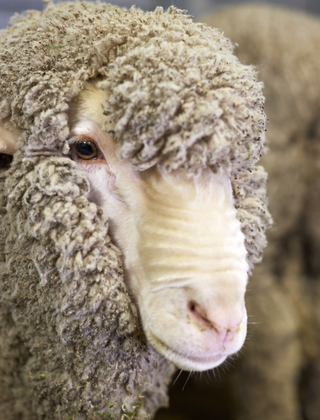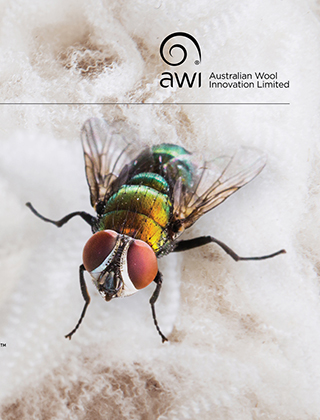Welcome to Australian Wool Innovation, a hub for the woolgrowers of Australia.
Not a woolgrower? Looking for information about wool products, wool care or wool processing?
The Woolmark Company is the global authority on wool. Visit Woolmark.com instead.
Include your PIC to help yourself in a crisis

With foot and mouth disease on Australia’s doorstep in Indonesia, Australian woolgrowers are strongly encouraged to make sure they include their Property Identification Code (PIC) on their Wool Classer's Specification and National Wool Declaration. PICs would help authorities more quickly and accurately manage the spread of an emergency animal disease, should it occur in Australia.
With foot and mouth disease on Australia’s doorstep in Indonesia, Australian woolgrowers are strongly encouraged to make sure they include their Property Identification Code (PIC) on their Wool Classer's Specification and National Wool Declaration. PICs would help authorities more quickly and accurately manage the spread of an emergency animal disease, should it occur in Australia.
FAST FACTS
- Ensure your property has a Property Identification Code (PIC). If your PIC details need updating, contact your state Department of Agriculture.
- Provide your PIC to your wool classer and property manager and include it on the Wool Classer’s Specification and National Wool Declaration.
- The inclusion of a PIC is vital during a time of crisis and improves the traceability of wool.
- The use of PICs has increased enormously during the past few months, with 52.5% of lots tested by AWTA in October 2022 having a PIC, compared with only 2.1% in the same month last year.
A PIC is an eight-character alphanumeric code allocated by state/territory authorities to livestock producing properties. If you own sheep, you require a PIC.
The purpose of the PIC is partly for tracing and controlling disease and residue problems that may be detected after leaving the farm, but also for locating properties and owners where wool has come from when an outbreak of a disease that may threaten their enterprise is detected in an area.
The percentage of tested lots of Australian wool which have PICs declared by their sellers has increased enormously in the past few months, with AWTA reporting that 52.5% of lots in October 2022 had a PIC, compared with only 2.1% in the same month last year. This increase might be a result of woolgrowers becoming more aware of the importance of biosecurity due the presence of foot and mouth disease in Australia’s close neighbour, Indonesia.
The percentage of sale lots with a PIC varies enormously by state. Queensland led the way with 90.9% of lots tested during October having a PIC, while WA had only 21.7% of tested lots having a PIC.

PICs can also play a crucial role during response to other emergencies such as floods and fires because livestock owners can often be warned of impending danger, and can also be assisted more effectively in the aftermath of such events.
Use of traceability systems in the wool industry also provide confidence to consumers in domestic and overseas markets that the products they buy are accurately described and fit for purpose.
Over the years, many landholders might not have not updated their contact details for their PIC, such as for changes in business partner, parents no longer farming and farm succession. Some addresses still show as RSD which means mail may not be delivered and the PIC could be disbanded without the landholder knowing. Many people have not added mobile phone details or email addresses to their PIC information.
You can update your contact details or apply for a PIC by contacting your state authority or Department of Agriculture.
This article appeared in the December 2022 edition of AWI’s Beyond the Bale magazine. Reproduction of the article is encouraged.














